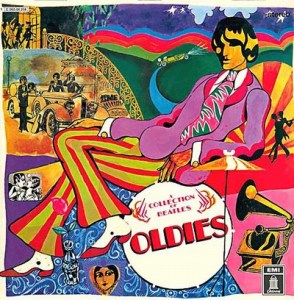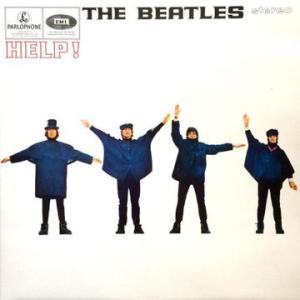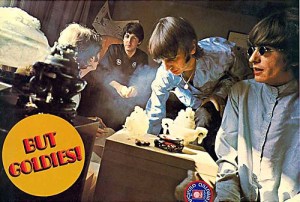More of The Beatles
Reviews and Commentaries for Please Please Me

- Superb sound for the Beatles’ debut studio album, with Double Plus (A++) grades throughout this vintage UK pressing – remarkably quiet vinyl too
- Both sides have remarkable presence, clarity and size – it’s bigger, bolder and richer, as well as more clean, clear and open than most others we played
- 5 stars: “Decades after its release, the album still sounds fresh [and]…it’s easy to get wrapped up in the sound of the record itself without realizing how the album effectively summarizes the band’s eclectic influences. There’s a love of girl groups, vocal harmonies, sophisticated popcraft, schmaltz, R&B, and hard-driving rock & roll, which is enough to make Please Please Me impressive, but what makes it astonishing is how these elements converge in the originals.”
Folks, if you’re looking for a killer copy of the first Beatles release, here it is! Big and lively with superb presence and energy, this is exactly the right sound for this music. The album itself is nothing short of amazing. It captures more of the live sound of these four guys playing together as a rock and roll band than any record they ever made afterwards. (Let It Be gets some of that live quality, too, and makes a great bookend for the group.)
Tubey Magical acoustic guitar reproduction is superb on the better copies of this recording. Simply phenomenal amounts of Tubey Magic can be heard on every strum, along with richness, body and harmonic coherency that have all but disappeared from modern recordings (and especially from modern remasterings).
Subtle Effects
There’s a subtle smearing and masking that occurs on most pressings. You don’t notice it often because you have no better pressing to compare yours to. But when you have many copies of the same pressing, and you are lucky enough to discover a Hot One lurking among them, you can hear instantly how much better defined all the instruments and voices are. You hear the ambience and presence that’s veiled on other LPs. Dynamic contrasts increase.
It all starts to sound right, so right in fact that you forget it’s a record and you find yourself just enjoying the music. Disbelief has been suspended.
Startling Presence
On the better copies like this one, the presence of the vocals and guitars is so real it’s positively startling at times. What started out as a great Beatles recording had turned into a great Beatles album. Now it’s a piece of music as opposed to a piece of plastic.
Just play Baby It’s You to hear what we’re talking about. When the boys all say “Oooooh,” you can pick out who is saying it and how they’re saying it.
Anna (Go To Him) is another stunner. It’s Tubey Magical with remarkable immediacy and presence. The voices are smooth, sweet, rich, full and breathy. The overall sound is lively and energetic with a meaty bottom end — in other words, it really rocks.







 More of the Music of The Beatles
More of the Music of The Beatles
